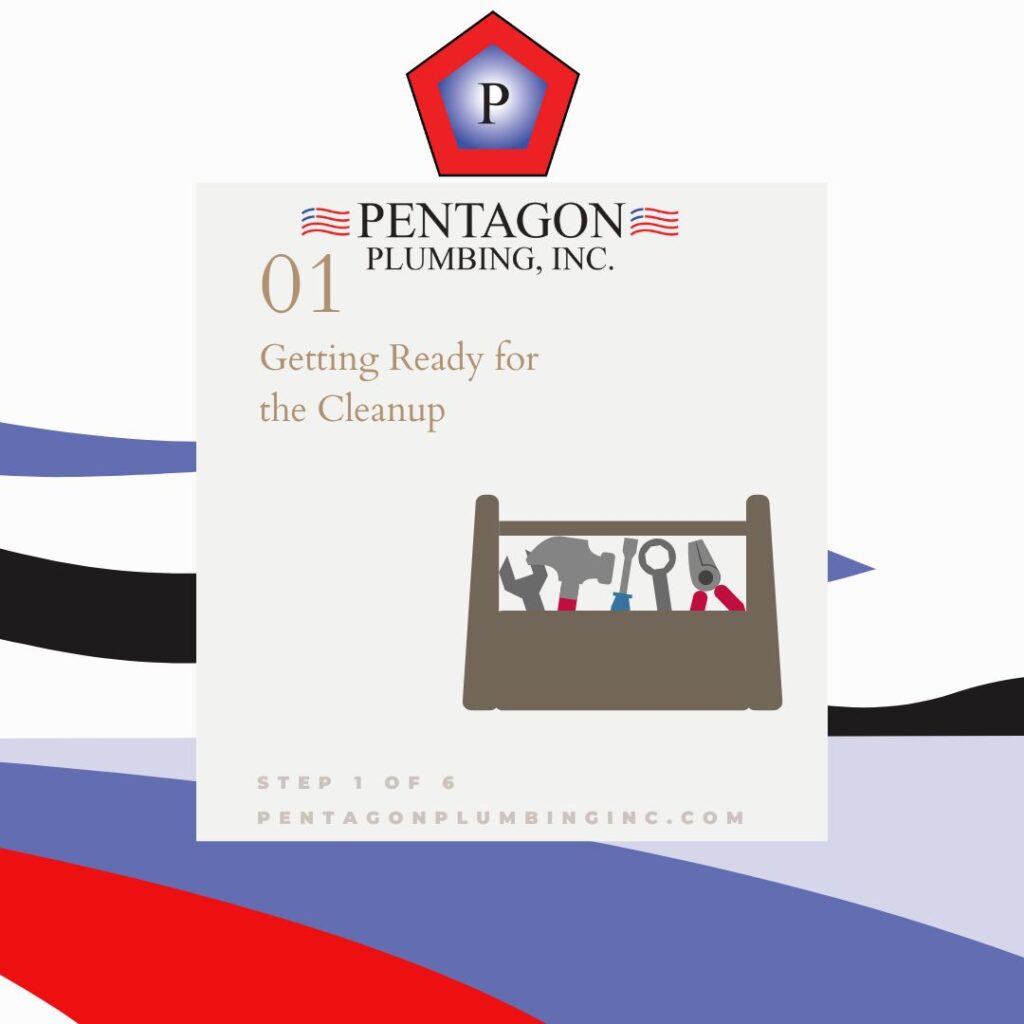A well-maintained water heater is the unsung hero of a comfortable home, ensuring a steady supply of warm water for daily needs. Regularly flushing your water heater is a simple yet crucial practice that often goes overlooked. This routine maintenance task plays a pivotal role in enhancing the performance and extending the lifespan of your water heating system.
Imagine your water heater as the heart of your home, working tirelessly to provide hot showers, clean dishes, and warm laundry. With every use impurities are entering the system, especially those so abundant in the Las Vegas water supply. By incorporating regular flushing into your maintenance routine, you optimize its efficiency and prevent sediment buildup, corrosion, and potential malfunctions.
Read on to learn why and how of flushing your water heater is a great idea, unraveling the benefits contributing to a reliable and long-lasting home comfort essential.
Step 1: Getting Ready for the Cleanup

Preparation is key. Consult the manufacturer’s guidelines and recommendations and review all safety warnings. Ensure you have all the tools you will need for a successful water heater tank flush before embarking on it. A garden hose, pail, two towel pieces, screwdriver, and adjustable wrench are often necessary.
Turn off the circuit breaker on electric heaters, and set gas heaters to pilot mode to ensure that the water heater is off. At this point, safety becomes the top priority. Attach a garden hose to the drain valve’s bottom of the pressure tank. Then, place that outside in an appropriate area so it can be drained. Turn on the hot water tap to loosen the process of emptying.
At last, turn off the drainpipe since the tank will be depleted. Fill the tank with cold water while draining it until clear water is observed. Conscious preparation is essential for effective water heater flushing and smooth operational results.
Step 2: Turn Off the Water Heater
The procedure for turning off a water heater prior to flushing includes the following critical procedures. Switch off the circuit breaker of the electric heater and pilot the gas heat thermostat. It provides an assurance that the heating elements are not operational. Start with an approach of ensuring that they can avoid hot water and other dangers. It reduces the possibility of suffering from scalding and burns.
Cut potential hazards by always locating and turning off the water heater’s supply. These security measures ensure safe premises within which to do the flushing. It also ensures safety against hot water system-related accidents and injuries. Let’s move to the next step in the water heater cleaning process.
Step 3: Tank Drainage
It is important to drain the tank for a successful water heater flush. Attach a garden hose to the drain valve and lead the other end directly to an appropriate drainage spot. Turn on a hot water faucet in order to help drainage.
Open the drain valve using a screwdriver or wrench and let the tank empty. This step requires patience. If too much sediment appears, consider draining a second time for good sanitization. It is to guarantee complete disposal/collection of accumulated waste. Moreover, it improves the efficacy of your water heating device and prolongs its lifespan.
Step 4: Tank Flushing
Flushing hot water tanks to get rid of old waste that lies around inside it after the operation. After the water has drained out, close the drain valve very tight. Pour a lot of cold water into the tank and once again open the drain valve and wash out the rest of the dust accumulated inside. Do this again and again till the water feels clear.
Moreover, it ensures that your water heater stays clean and performs effectively. If you do this often, then your water heater is likely to be in tip-top shape, and it will serve you better for a long time. It is as though it were being gently scrubbed.
Step 5: Fill the Water Heater Again and Turn It Back on
Now on, let’s get that water heater running again. Clean and close the drain valve. Fill the tank after the water supply is turned on. You need to continue paying close attention to leaks during this stage. Restart your water heater as indicated and after filling. This process may involve, among others, switching on the circuit breaker for electric heaters or tuning the thermostatic switcher for gas heaters.
Give it some time to heat up; do not hurry. Ensure that things are kept straight, and in case of issues, check on your water heater handbook. These easy steps will ensure a smooth refill and restart, avoiding possible system hiccups.
Step 6: Ensure Proper Functionality
Make sure your water heater works as required now it is on. Open the hot water tap and ascertain whether all is flowing well. Look for any leakages around the tank and its connections. Odd noises, for example, may require investigation. Turn on the circuit breaker for electric heaters and make sure the pilot light is lit in case of gas heaters.
Consult the water heater manual if there are problems. These are elementary tests that ensure the operation is smooth and your tank will provide the usual warm water when required.
When to Seek Professional Help for Water Heater Maintenance
Choosing a local plumbing company, like Pentagon Plumbing in Las Vegas can save you stress, money, and the potential for a period of time without hot water. Some of the most common reasons DIYers call us for gas water heater cleaning include:
Not Enough Hot Water: Experts will likely see a problem when hot water frequently disappears after switching up the thermostat.
Durable Leaks: If there is anything that is evident around the water heat that needs correction, then professional help should be sought in order to identify it as fast as possible.
Unusual Sounds: Such sounds could be peculiar. Experts would have a chance to examine them during operation.
Reduced Efficiencies: Expert appraisal is needed as indications of reduced efficiency, such as longer heating time and uneven water temperature increase.
Rusting and Corrosion: For instance, external rust or other forms of corrosion could point towards internal damage that requires a professional assessment before repairs can commence.
Bad Smells in Hot Water: Specialists should consider the bad smell as an indication of possible bacterial contamination.
Benefits of Hiring a Professional
Leaving this process to a professional has its advantages. Here are some of the biggest benefits to hiring a professional to perform even this routine plumbing task:
Expertise and Knowledge
The water heater service industry comprises a number of professionals who are familiar with diverse water heater models as well as systems. It enables them to comprehend all nuances of these systems, which provides reliable detection and appropriate remedies.
Accurate Diagnosis
This helps professionals pinpoint problems with your hot water tank precisely and accurately. To ensure that such problems do not keep on resurfacing, a very specific evaluation is required where the exact causes of these problems are identified and dealt with.
Safety Assurance
Using and handling water heaters comes with some safety concerns, like gas or electric parts. These risks are, however, navigated by trained professionals so that the owner of the house, as well as the property, remains safe while being maintained. This is one important reason to call a professional to clean the water heater.
Conclusion
In conclusion, regularly flushing your water heater is a straightforward yet vital practice for optimal performance. The key steps involve turning off the heater, draining and flushing the tank, and checking for proper functionality. This routine maintenance prevents sediment buildup and ensures a longer, more efficient lifespan for your water heater.
Remember, a well-maintained water heater translates to consistent hot water for your home. If you’re unsure about tackling this task, consider reaching out to Pentagon Plumbing, Inc. for expert assistance. Safeguard your comfort and investment by making flushing a part of your regular maintenance routine.

